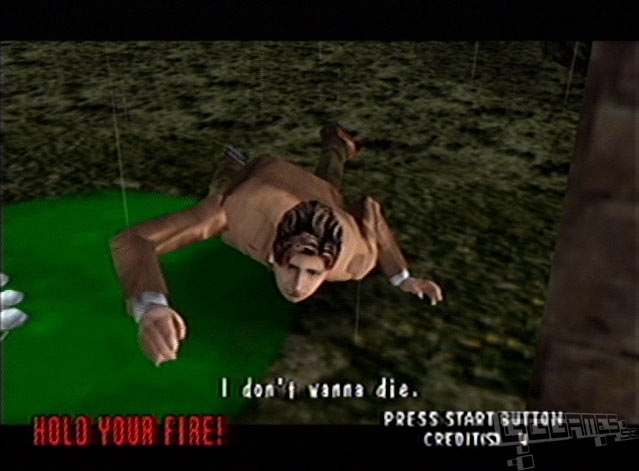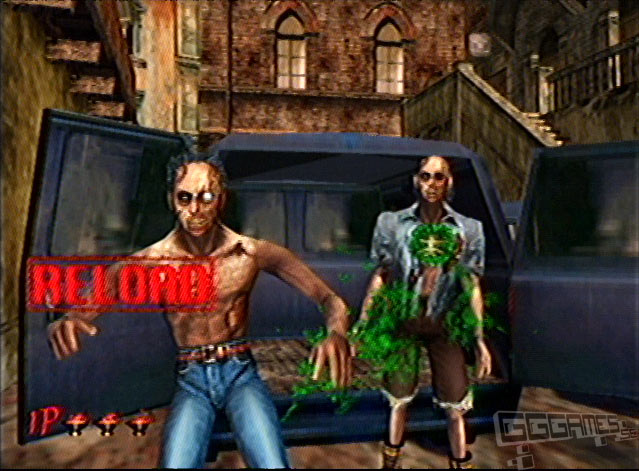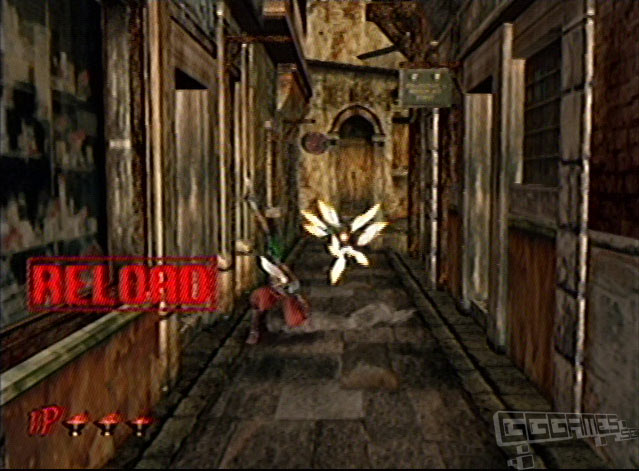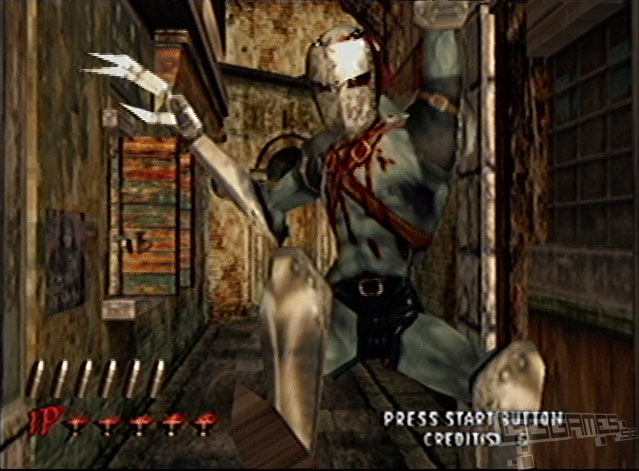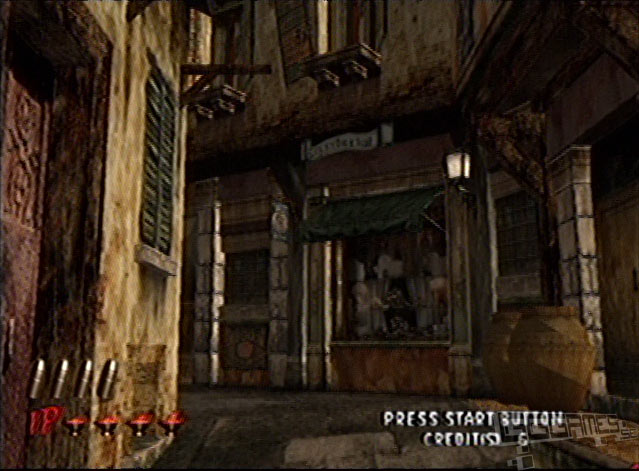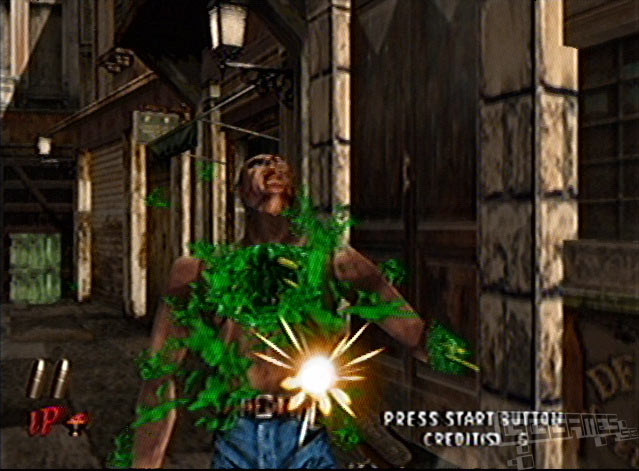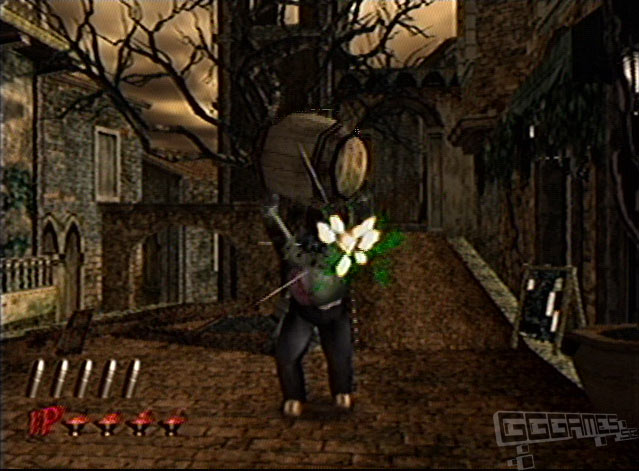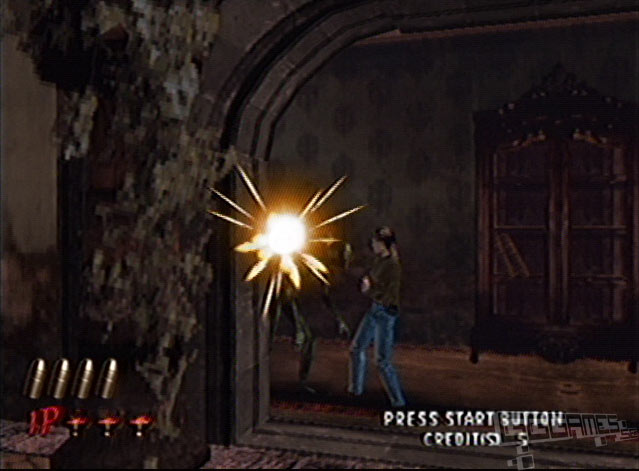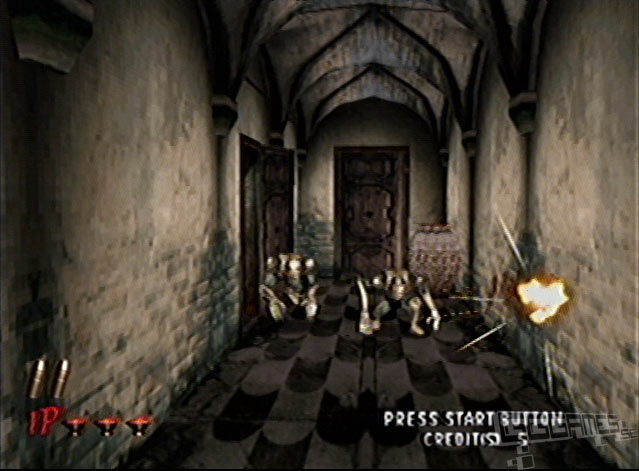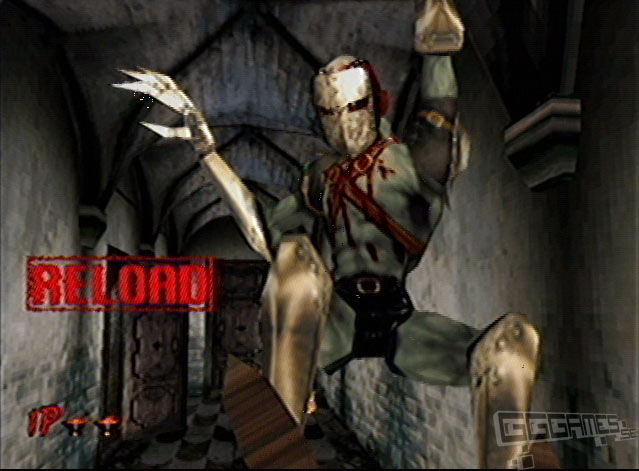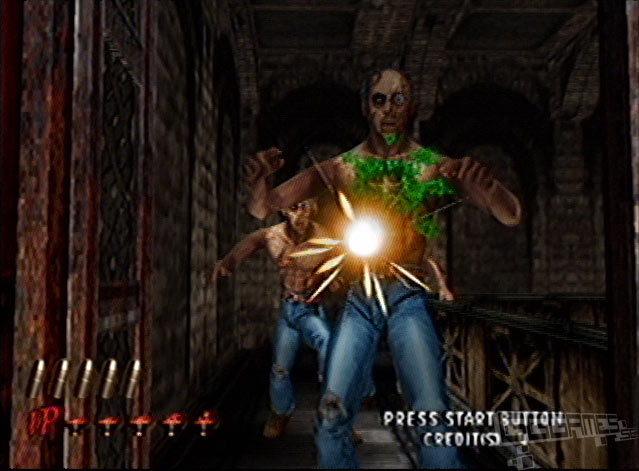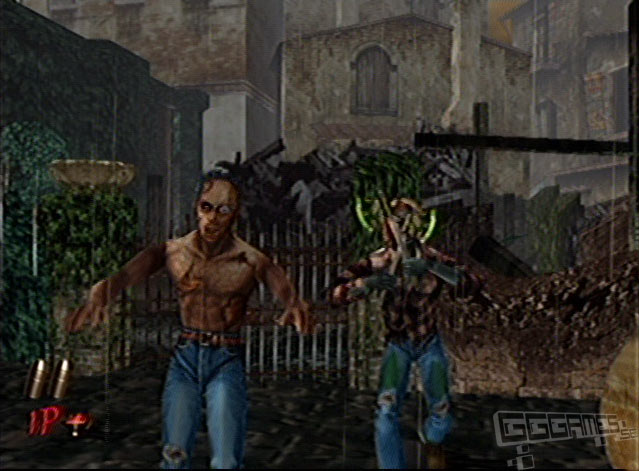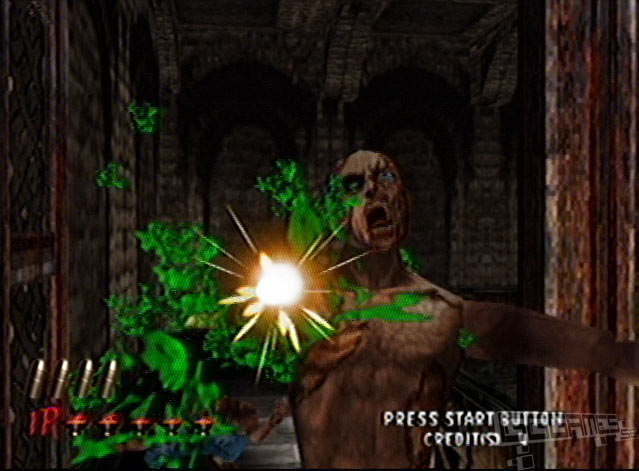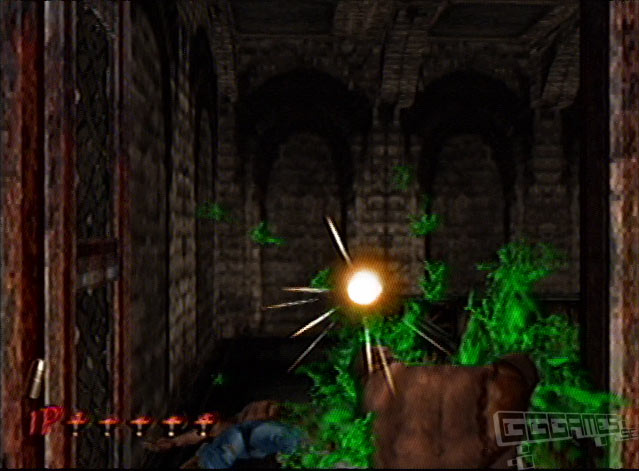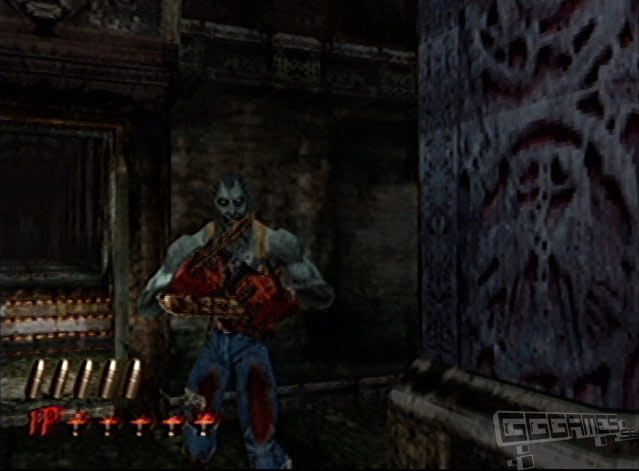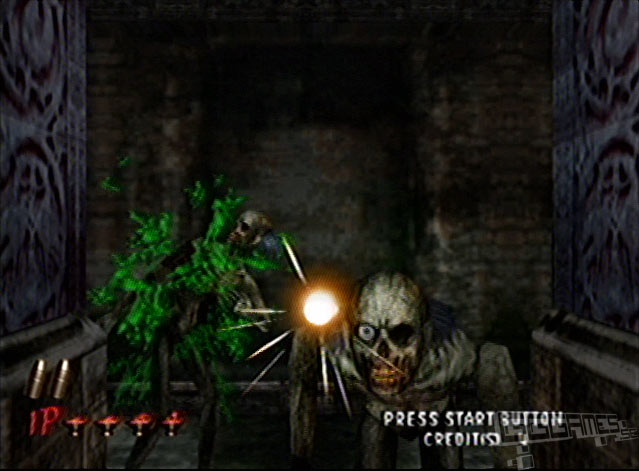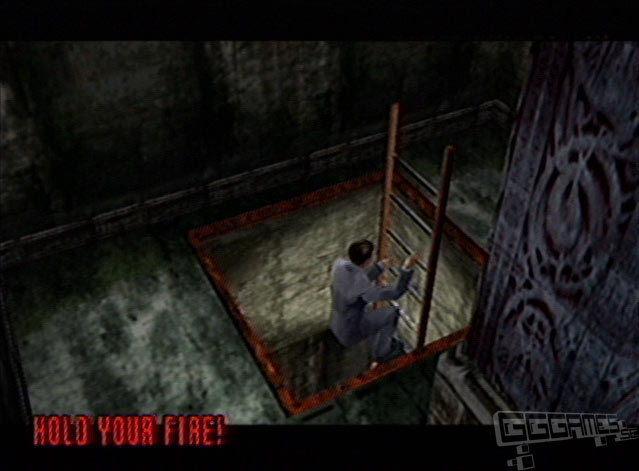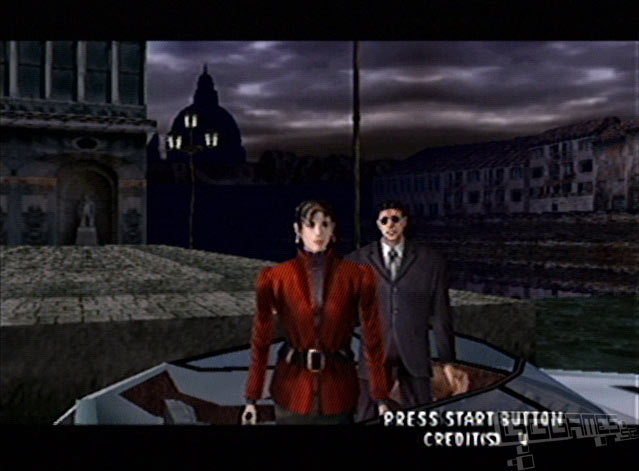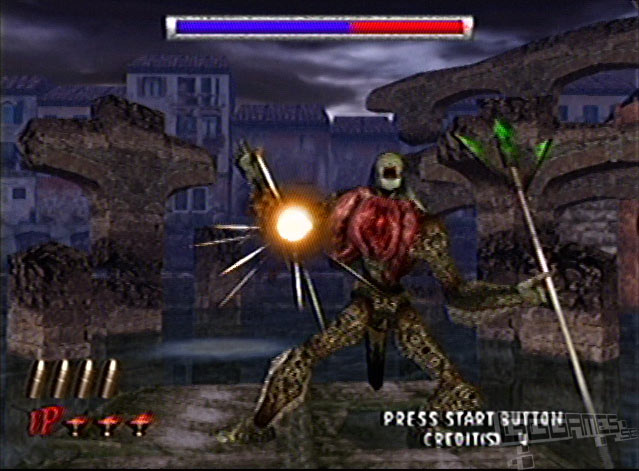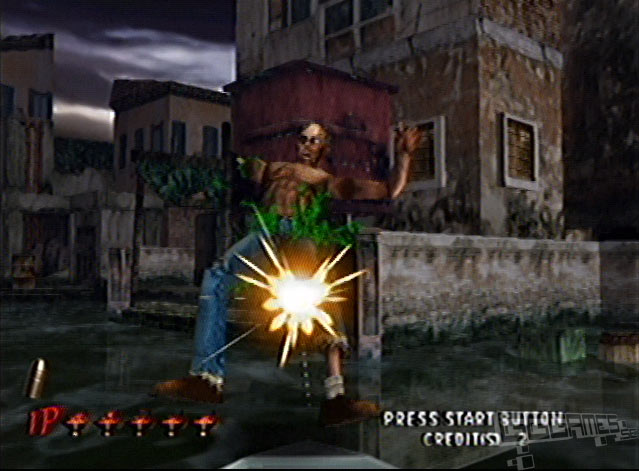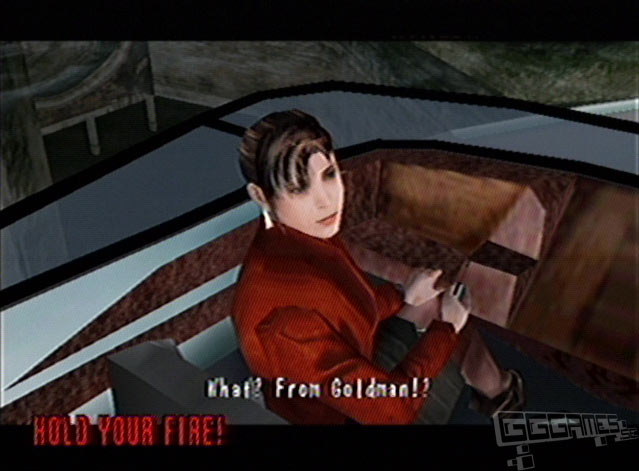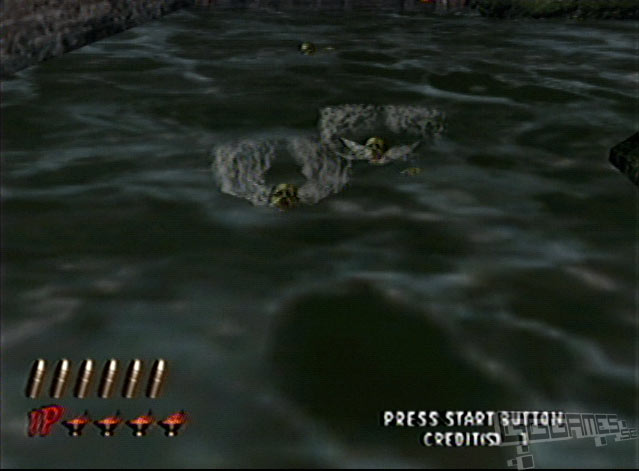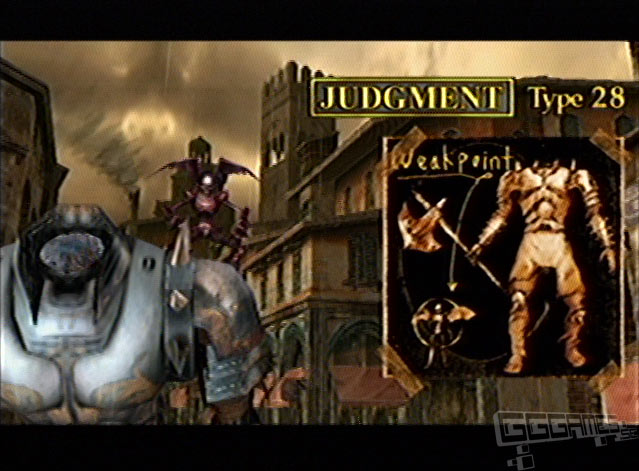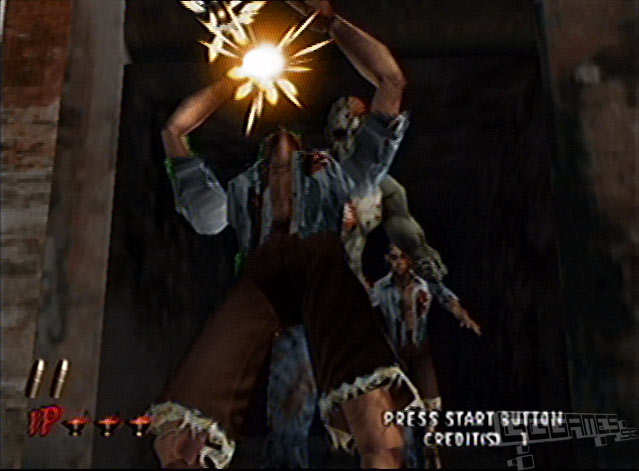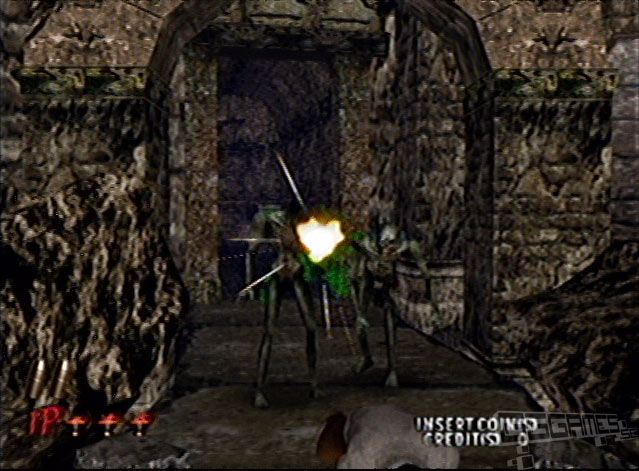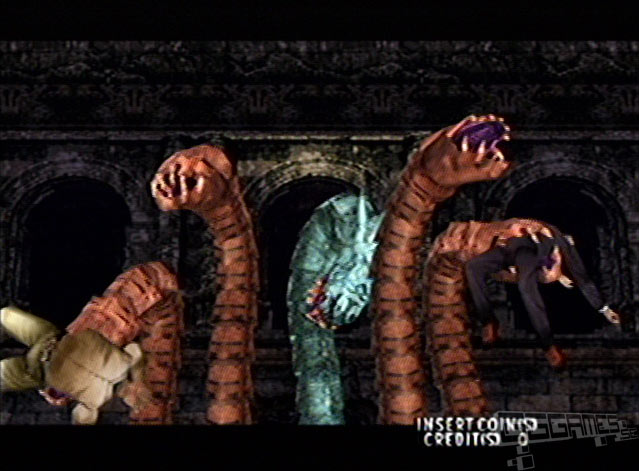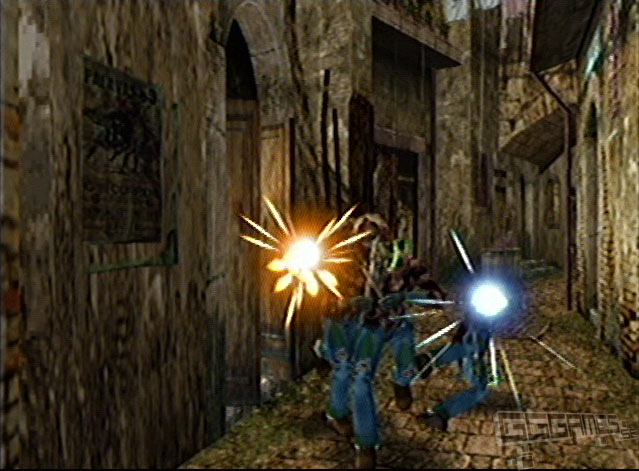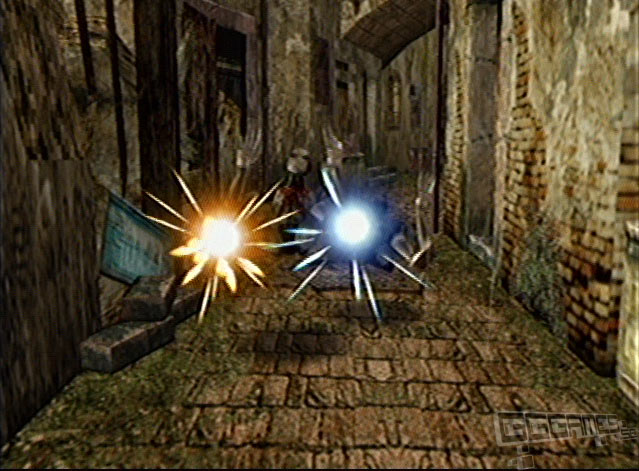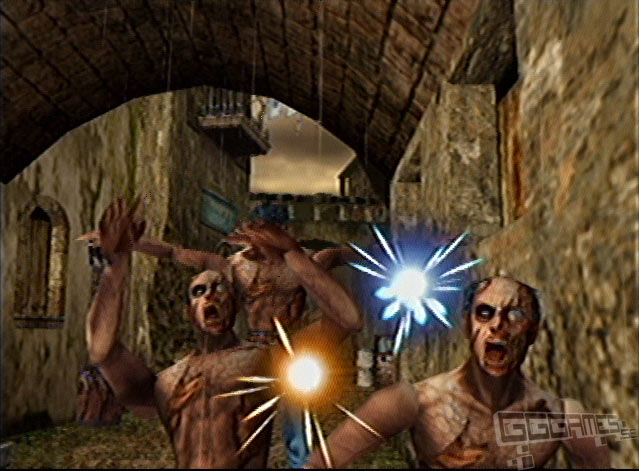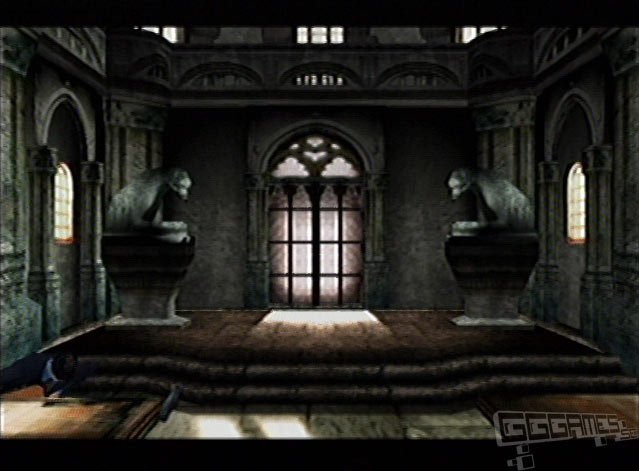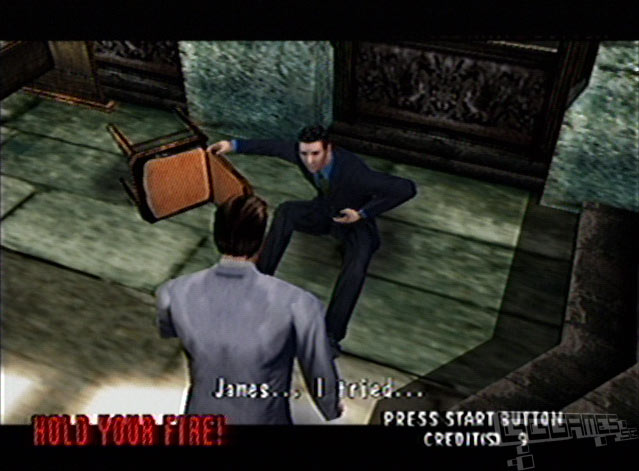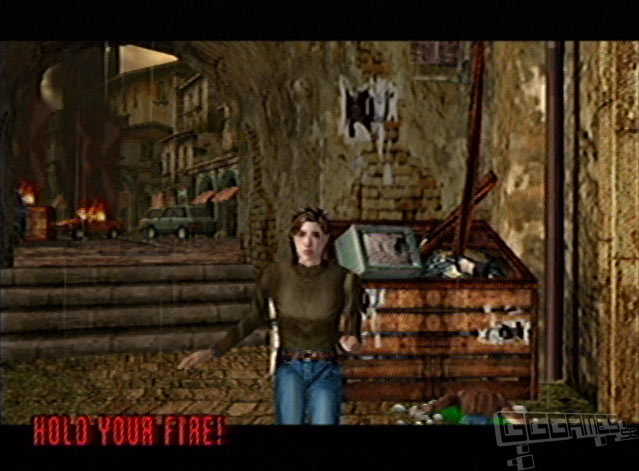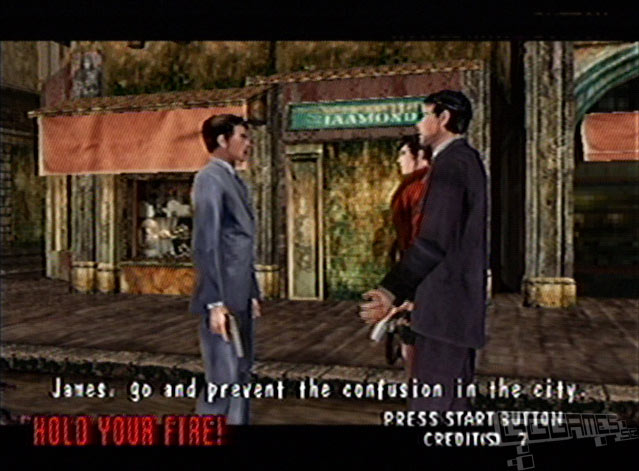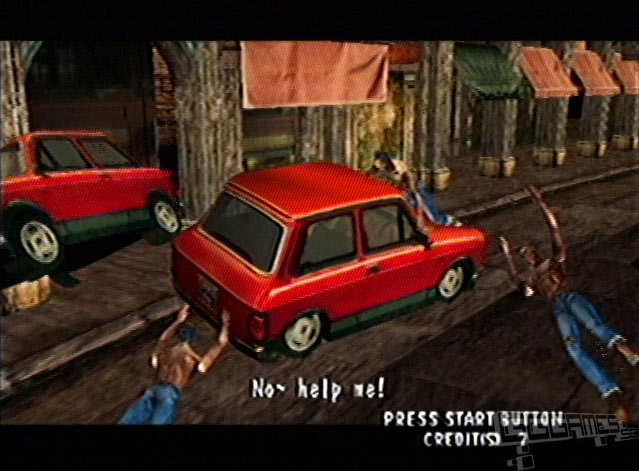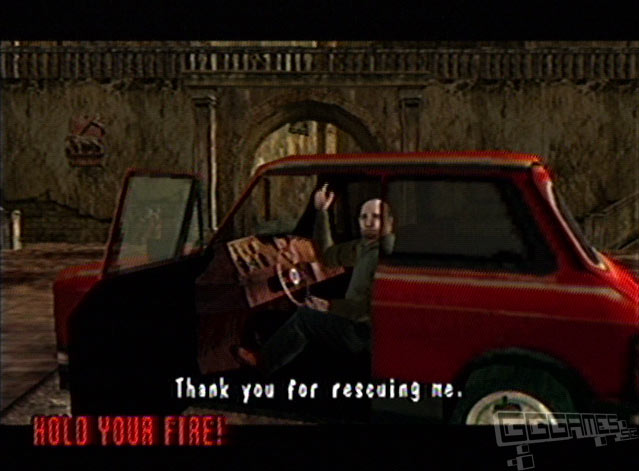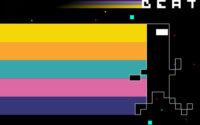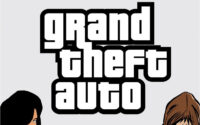The House of the Dead 2 Review
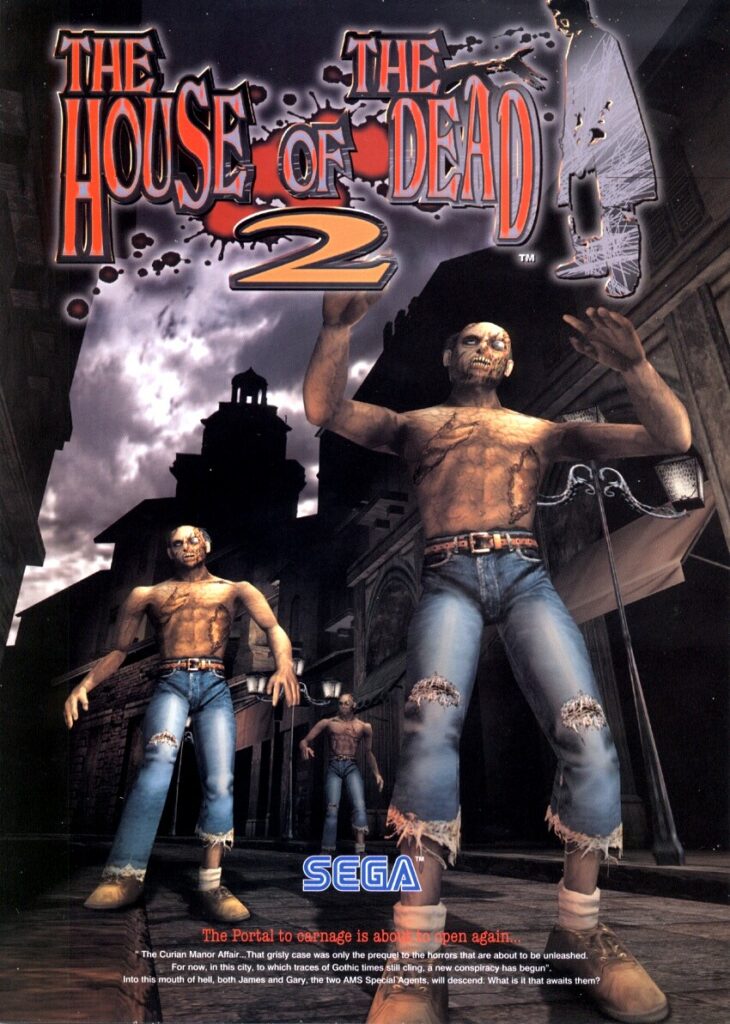
Frantic and nightmarish light gun zombie shooter – cheap thrills for your coin.
Story
Fourteen months ago, a violent zombie outbreak was successfully stopped by the AMS (The Secret International Agency). Now, upon researching the phenomenon, strange zombie-related events are being reported from Venice, and an esteemed AMS agent has gone missing there.
Agents James Taylor and Gary Stewart are dispatched along with Amy Crystal and Harry Harris to investigate and evacuate the populace. As they arrive, James and Gary are shocked to find a horde of undead humanoids wreaking havoc on city streets. A new, more grave zombie incident develops and the agents put their lives on the line to stop it – one bullet at a time.
Introduction
There are quite a few light gun arcade games including zombies nowadays, and The House of the Dead series will always have a special place in the genre. This sequel builds on the same concept as the first House of the Dead game and continues the story directly from there. The game is quite simple: you shoot zombies and other mutants that appear on the screen, try to time your reloads, and avoid getting hit by countering enemy attacks.
As per usual in a light gun based game, it is played from a first-person viewpoint and you are automatically moving forward to new locations as the game progresses. There are story sequences squeezed in between stages and depending on how you play, the course of game differs slightly. As an arcade video game, there’s an emphasis on quick, fast and fun gun-play so zombies and splotchy head shots is the main attraction here.
The Game
The game is played with a gun controller pointed at a screen. You shoot by simply pulling the trigger and aim by simply aiming at the screen. When you run out of ammunition you are prompted to reload the gun by pointing away from the screen. You can reload as often and as many times as you like, meaning that you have an infinite amount of bullets at your disposal. This is an intense game, so reloading must be done whenever you have the time for it – standing face to face with a zombie and having an unloaded gun will quickly take a turn for the worse, and that’s basically the core concept of the whole game.
Most monsters are weak against being shot in the head, so that is the fastest and best way to put them down. This practice requires skillshots to be done in quick succession though because monsters will typically attack in groups and the marginal for errors is quite thin.
Controls
The controls in The House of the Dead 2 are as simple as point and click. The accuracy of the gun is practically flawless as long as it is calibrated with the screen properly. Even though the controls are as intuitive as they come, you may need a minute or so to get used to how the gunshots translate from the controller onto the on-screen action.
Clever players have found a way to quickly reload the gun by obscuring the gun pointer with their hands. This practice does give an upper hand as the reloading process becomes instant and you can maintain your aim while reloading. Whether this can be called an unfair exploit or not is up for debate.
Content
The House of the Dead 2 has six stages called chapters. Each chapter is set in a unique setting – throughout the story you’ll get to explore underground tunnels, ride a boat, drive a car and ascend a corporate skyscraper. One complete play-through can be over in just 20 minutes or so, but the replay value comes when playing for high scores and trying to perfect your performance. If you aren’t into that kind of playing there isn’t much replay value for you here.
In order to rake in the top scores you would need to learn the entire game by heart because then you can be prepared for all the bonus items, ambushes and civilians that need help.
The House of the Dead 2 supports two players to play cooperatively. The screen is then divided into two areas, transparent to the players – the left hand side for player one, and the right hand side for player two. So, for example, when an attack hits the left side of the screen, player one receives the damage. This means that you can cover for your partner, and it adds some corporeality to the otherwise abstract player presence. The difficulty level is scaled up somewhat when played in two player mode, and the difficulty level is high even on its standard setting and even if you’re playing alone.
The game also has a certain focus on boss encounters. These are typically extra hard battles that take place at the end of each stage. The game hints you on specific weak points on each of the bosses that you must hit in order to damage them and there are often special quirks and tactics that you can discover in order to avoid taking damage from their powerful attacks, and even killing them faster.
As the game starts you can take three hits before dying. Throughout the game you’ll encounter civilians who are in trouble. For example someone might be cornered by a bunch of zombies. Helping them will typically require some skill shots, and if you succeed they may give you extra health power-ups.
You’ll also notice that there are breakable objects such as barrels, crates and urns placed here and there. These can hold bonus power-ups such as health and extra points that are picked up by shooting them. Finding an object isn’t enough – you also must shoot it to actually obtain in, and for this, there is typically very little time.
As mentioned above, you can influence how the game progresses. Stages typically have two alternate routes that you can get on but you aren’t told where they are or how you access them – it all dynamically unravels as you play. If you play the game multiple times you’ll eventually figure out some of it, but there are some elusive and secret passages there as well. Moreover the game has a few different hidden endings but unlocking them is pretty much out of reach for mainstream players – they’re well hidden and require a high level of skill.
Looking for an elaborate and well written story in an arcade light gun game has often proved to be fruitless. The House of the Dead 2 is no exception to this. The story does allow for a few environmental changes, and in the context it all makes sense, but there are no surprises and no clever plot twists there. The story is clearly taking a backseat here and for a game like this, that’s quite forgivable.
The dialogue is laughable and corny all the way through – but there certainly is a low-budget-movie-charm to it. It’s like the voice actors where deliberately delivering the worst lines they could. You just can’t take it seriously.
Graphics
Visually the game does have its bright moments even though it has low polygon 3D models and low resolution textures. The environments aren’t usually very detailed, and the textures are sometimes quite messy and blurry. Occasionally you’ll see the same texture repeat over and over creating a rather ugly and unnatural pattern. With that said, there is a dark atmosphere in the game and everything looks unwelcoming in an appropriate way.
Blasting heads off of bloodthirsty zombies does look great though, much thanks to good animation and flashy blood effects. The zombie animations are the most detailed animations in the game as it supports shooting off limbs and it’s all very snappy and visually effective. Sure, there are some ugly stretched textures here and there, but the game runs smoothly and is quite enjoyable to watch.
Sound
The music during play pushes a stressful atmosphere. It reminds of horror movies, but there’s even some action movie theme influences in there. It successfully blends into the background because of the loud gun blasts and groaning zombies.
The laughable voice acting does steal the show in a bad way though, making the entire audio presentation suffer from its inept script reading. It’s hard to understand how this was accepted into the final product and released on to the market. The other sound effects aren’t great either, but at least it won’t get in your way.
Summary
For its time, The House of the Dead 2 is a cool and approachable light gun game. It turns heads because of its high level of graphic violence, and it’s quite fun to give it a try despite its brutal difficulty level. Because of this, it has an instant appeal and just begs to be played. The game does have some innovation with the dynamic alternate paths, but at the end of the day there isn’t much depth to it. Playing for score isn’t that rewarding either. The poor voice work is sure to leave you laughing and mocking the efforts(?) of the voice actors.
This game really tests your ability to stay calm in a stressful environment. It also tests your accuracy and speed – the challenge is undeniable.
